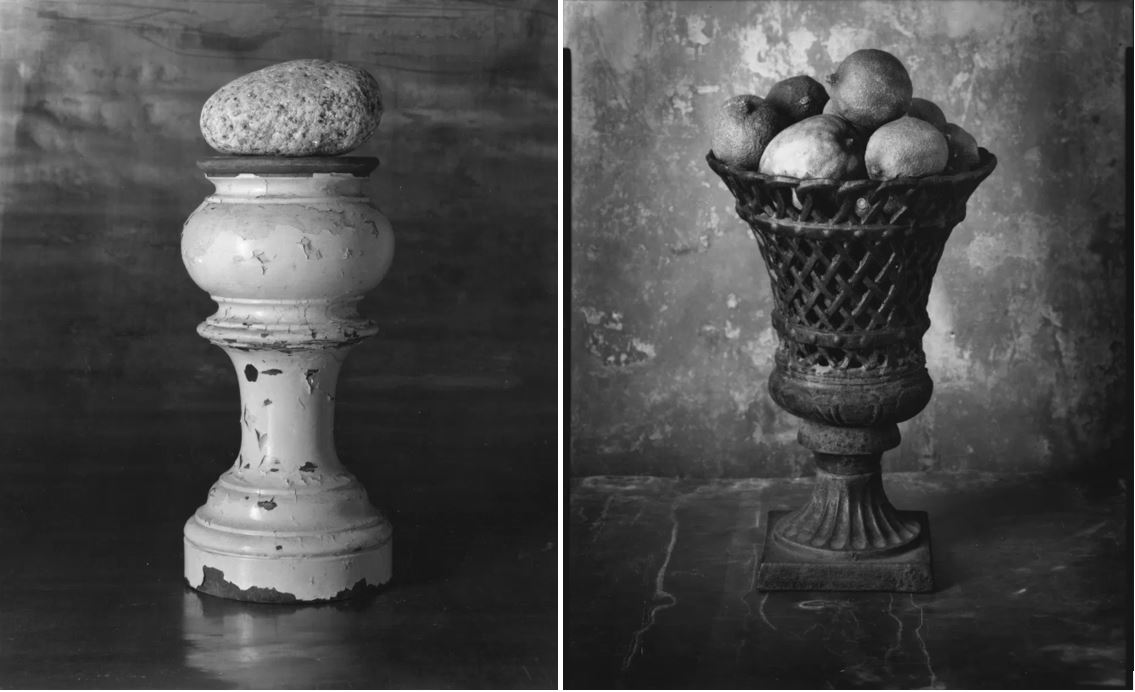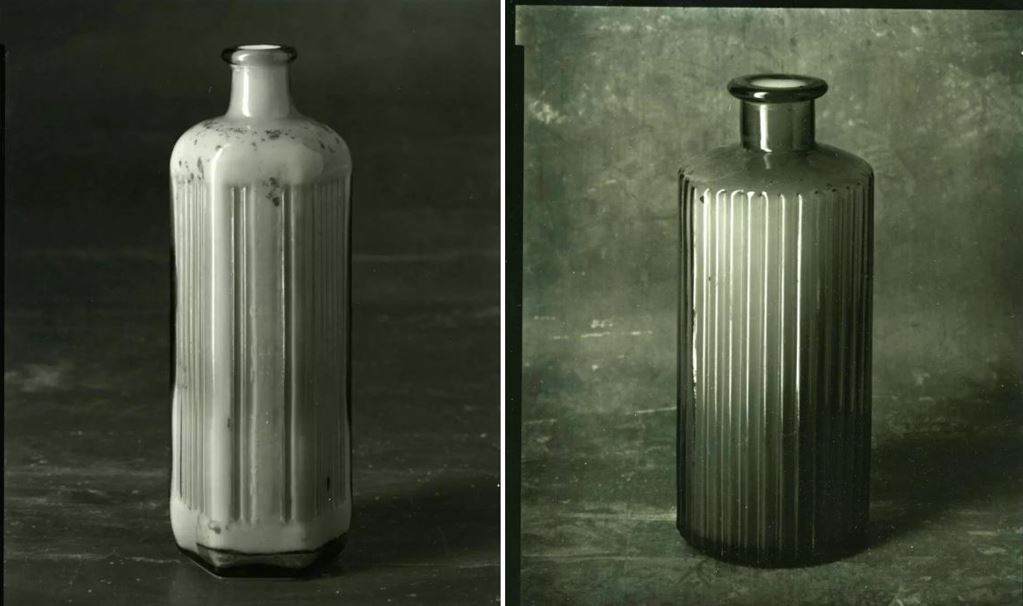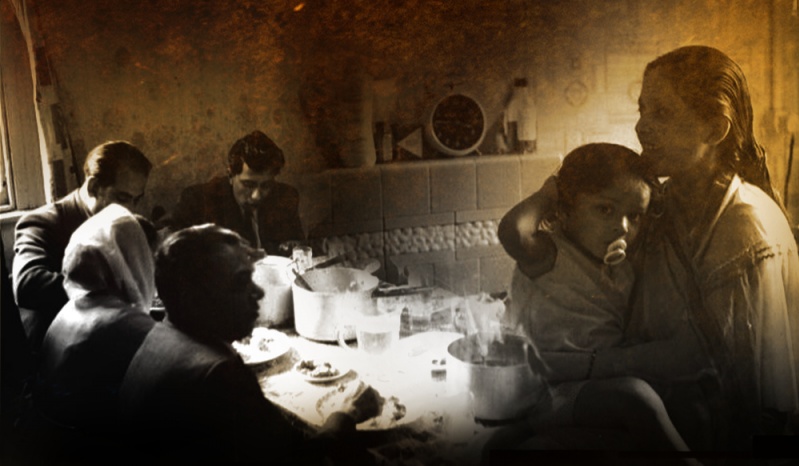The traditional still life takes a sinister turn in a new exhibition, called ‘Memory of Touch’, at Argentea Gallery in Birmingham. British photographer and artist Colin Wilson, will show a new series of work, featuring black and white photographs of glass poison bottles. The exhibition will run from 21st March – 4th May 2019.
Morpheus
‘Morpheus’ is a stunning set of images of Victorian glass poison bottles by Wilson.
Each of the bottles is different in shape and design, defined by ridges running along their sides. This makes them formally more interesting and the surface more varied. But it has another meaning, as before literacy was wide spread, a ridged bottle was a code that told you it contained poison. These bottles would have all contained morphine, used both as pain relief but also as an opiate. Anyone who picked up the bottle would not mistake what it contained and would be made aware by touching it of the danger inside. They have been filled with a milk like liquid to the rim, the meniscus of which we see on the top of the bottles. This refers again to the original contents.
Alongside the Morpheus works is another set of studies. Photographed objects are presented as primitive sculptures. Rocks are placed on top of plates which become plinths; blossoms are shown in rudimentary glass jars filled with water.
Taken in a studio setting the light can be controlled but to strip the images of even more possible background noise, the objects are placed in front of a lead ground. This means there is a uniform light on the back of the image and no light or shade to distract. What that achieves visually is the most wonderful dark void in the back of the images that enables the light on the objects to be the stars of the images. There is a modernist sensibility to this work which becomes a meditation about form and shape and volume.

Still life in photography
Over time the still life subject has come in and out of fashion. During the 1920s and 1930s the Surrealists favoured it. Then Modernist photographers such as Edward Weston chose to meticulously study objects such as peppers, to explore form and volume and play with light and surface. In the 1980s, in the colour age, new generations of artists like Thomas Ruff began to focus on the genre again and embraced still life expanding its range and subject matter in various ways in their work.
Portals to the past
The objects that Wilson photographs act as conduits between our world in the present and the past. A monochrome analogue image is to some extent nostalgic, and speaks to the past.
The photograph offers a portal between one world and another.
When looking at theses bottles you sense, due to the dangerous content of the liquid they would have originally held, that each bottle has a story to tell.
The object holds its history, and its status is elevated through the photography process. By stilling time and making us pause to look at them up close, this work demonstrates the power of photography to make us stop and reflect for a while.
Colin Wilson
Colin Wilson is a British photographer based in Derby. His practice is rooted in the still life and his long term projects focus on ‘rhopography’, the depiction of that which is considered insignificant. The simplicity of his compositions allows for a meticulous and expressive examination of carefully selected objects whose forms have immense force. Working on large format film and hand printing each print, his process mirrors the contemplative quality of the images.
His work has been exhibited both nationally and internationally, including Belgium, Germany, Hungary and Poland and is held in the corporate collections of Deutsche Leasing AG (European Photography collection) Germany and the Mag Collection (Late C20th Contemporary Art).
See you at the Private View at Argentea Gallery? Save the Date: Thursday 21 March 2019, 6-8pm
Ruth x


